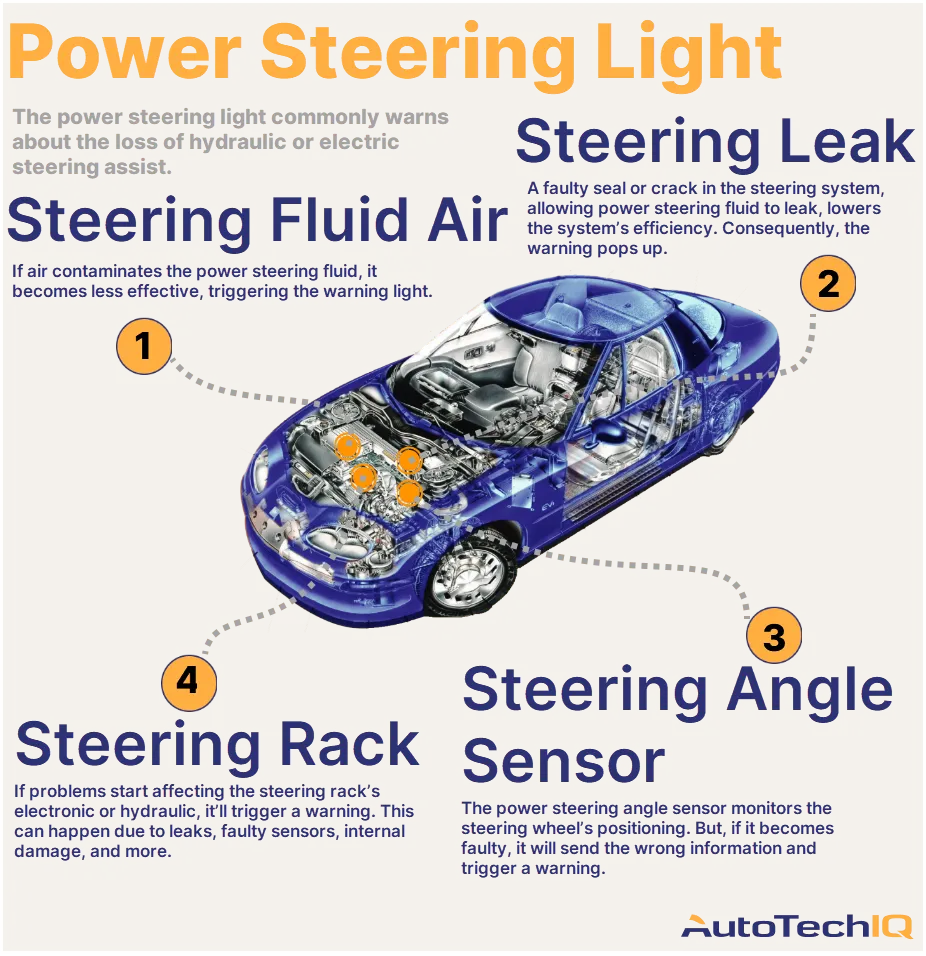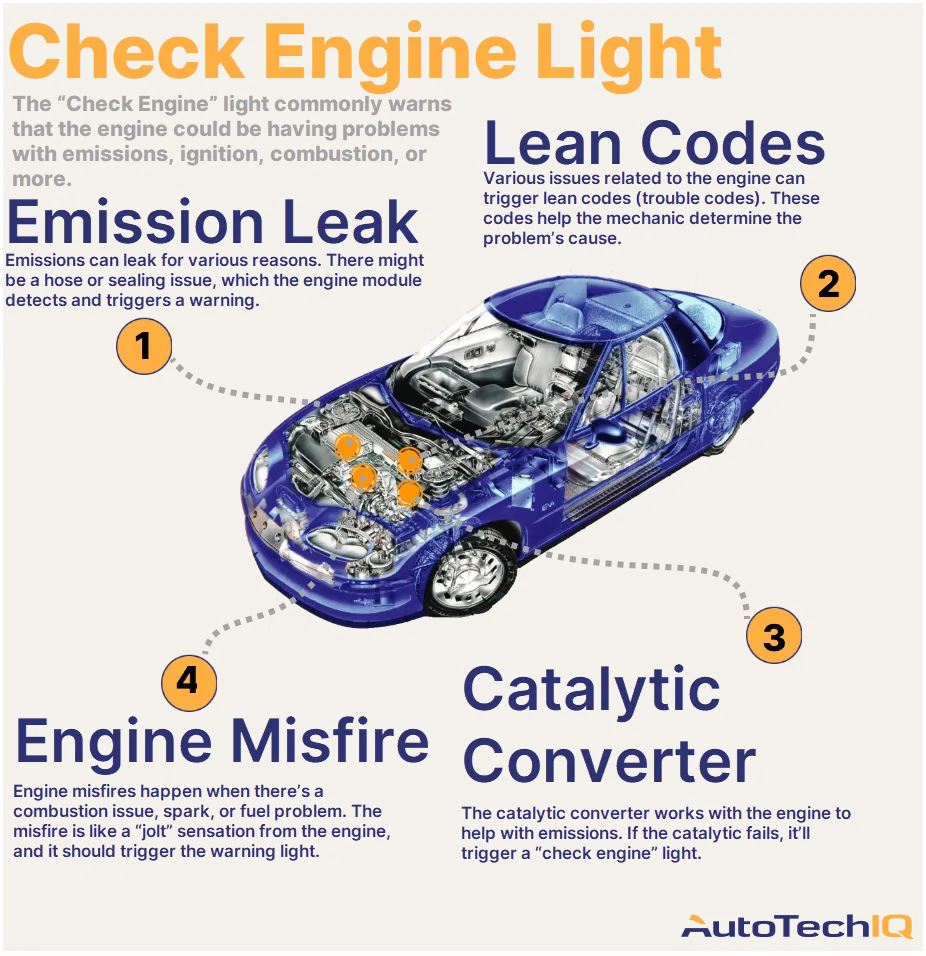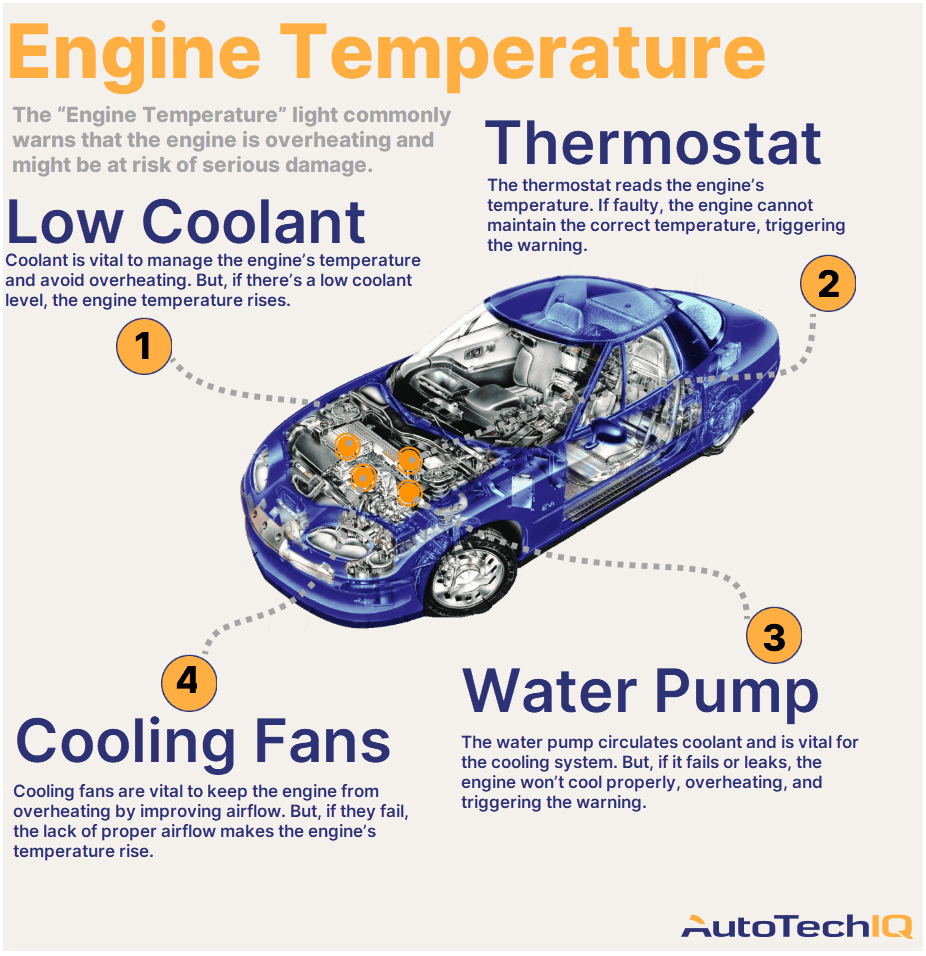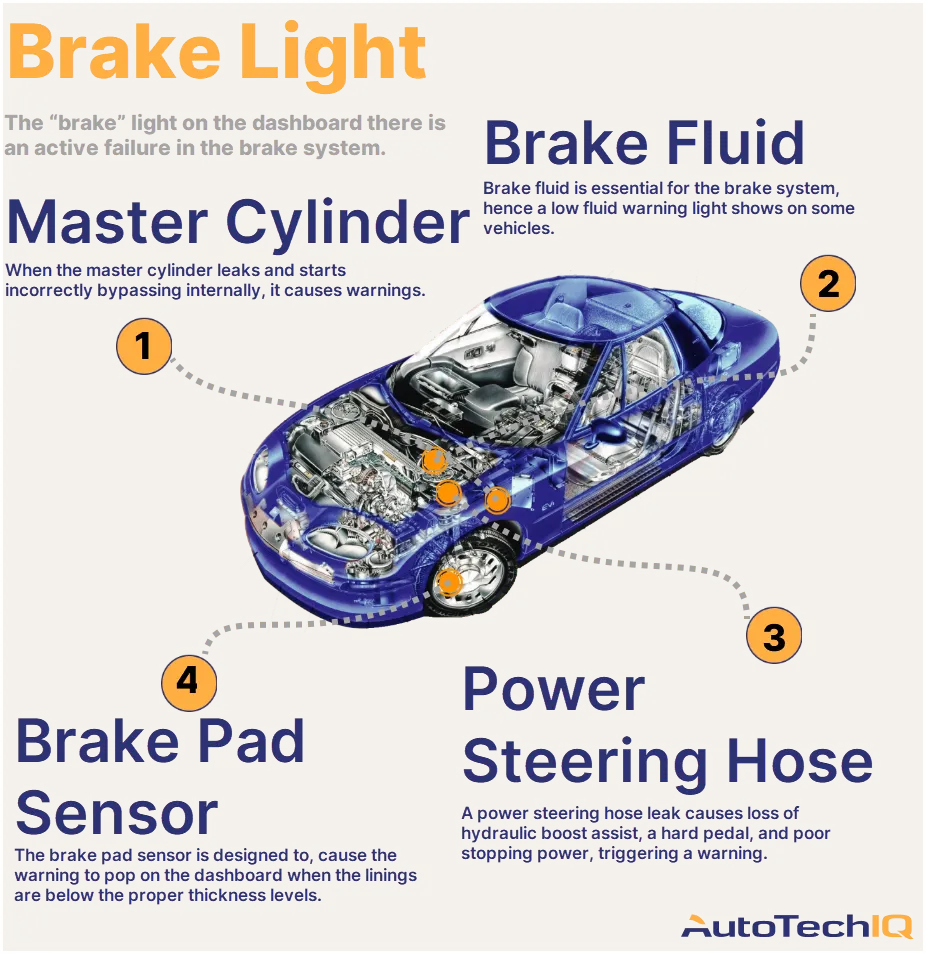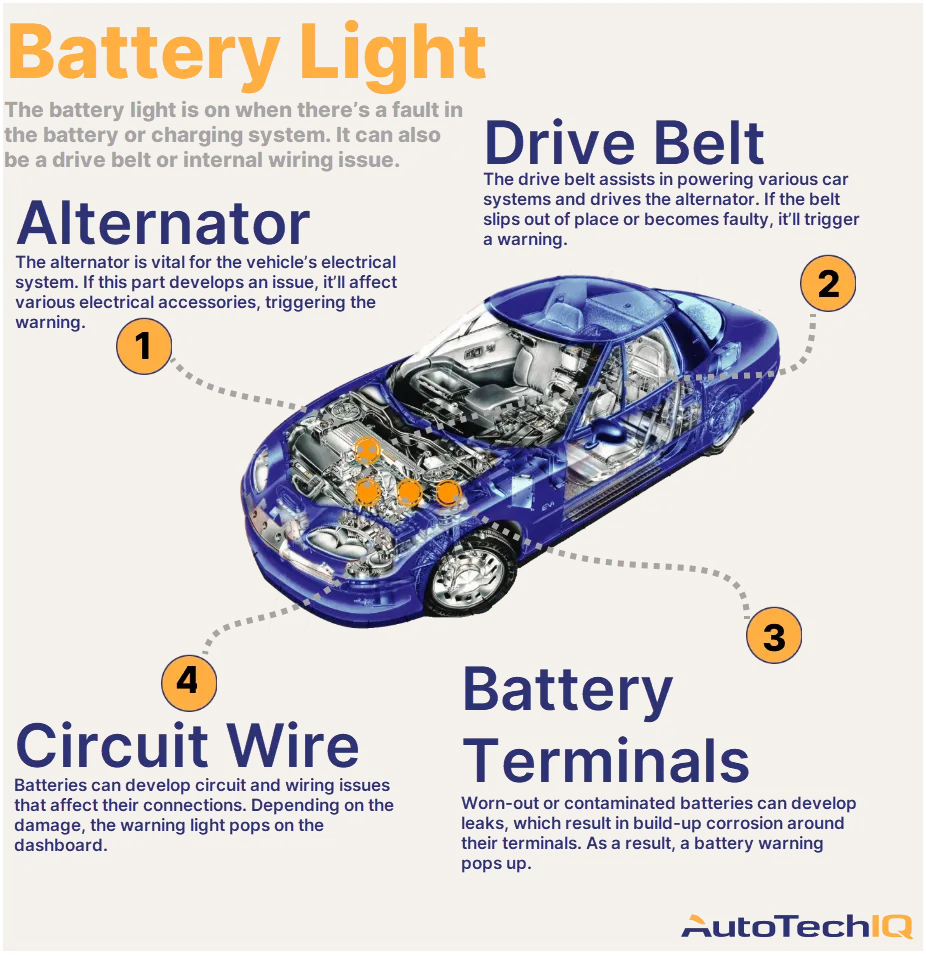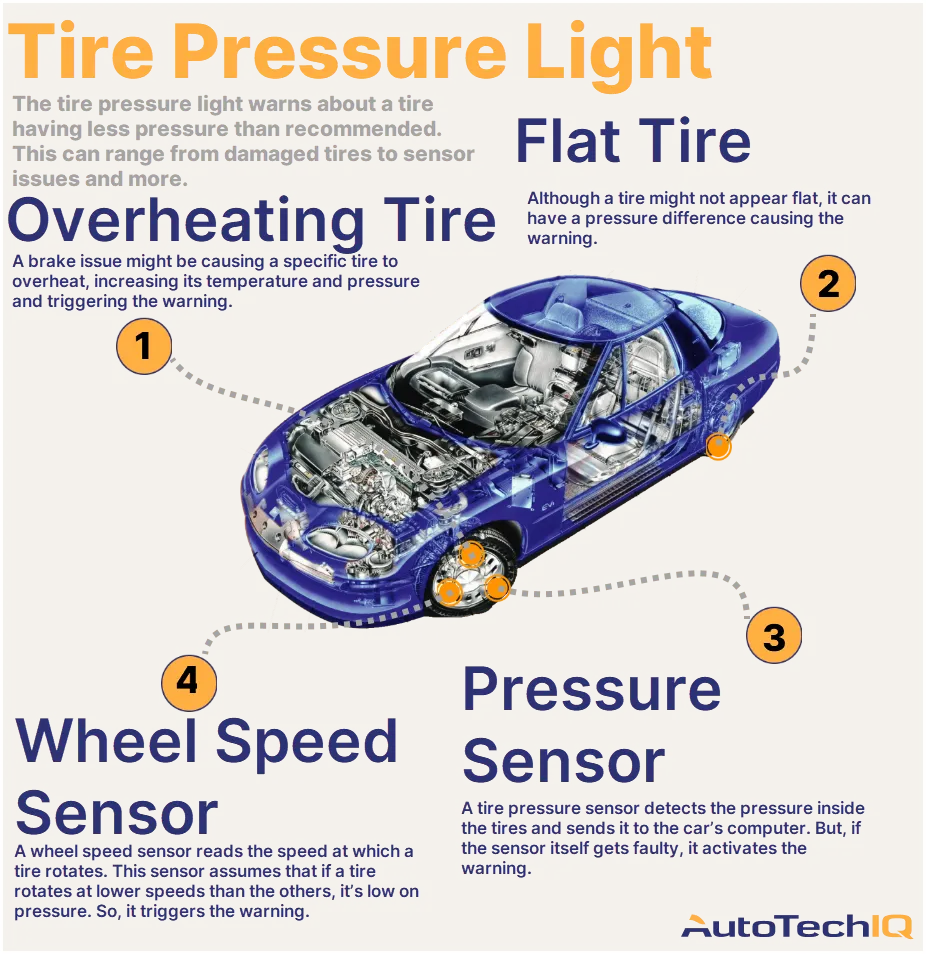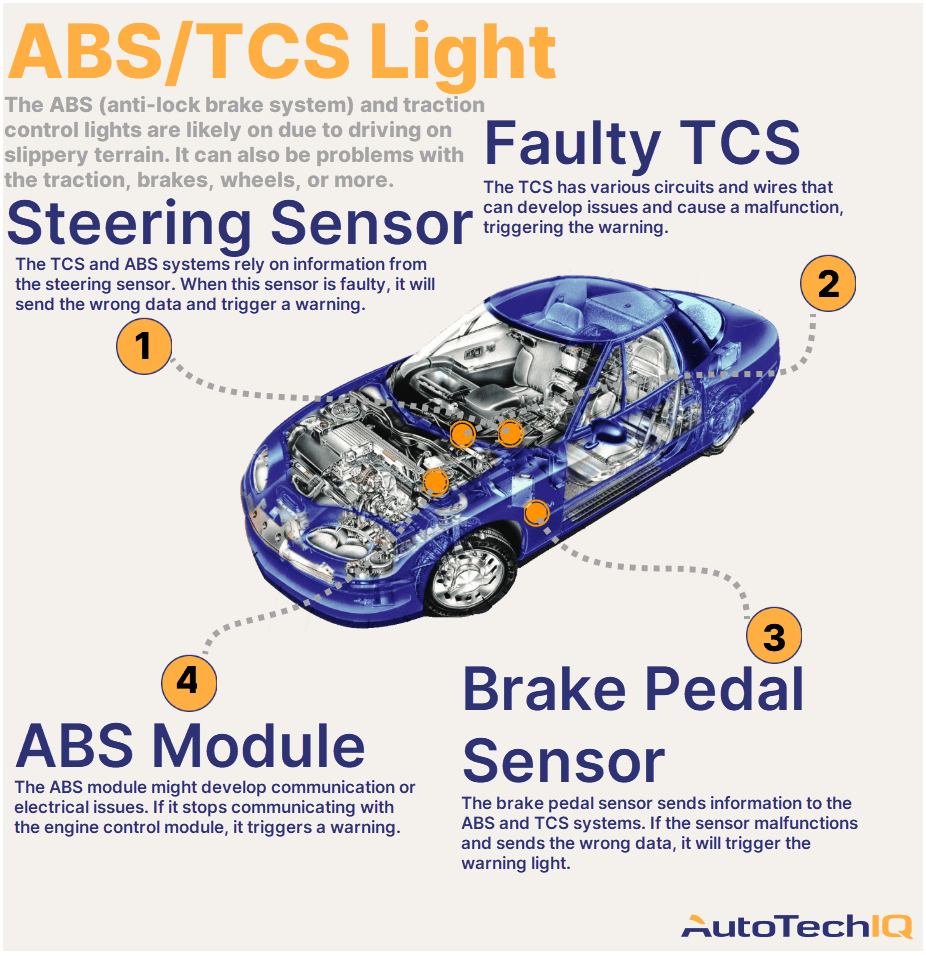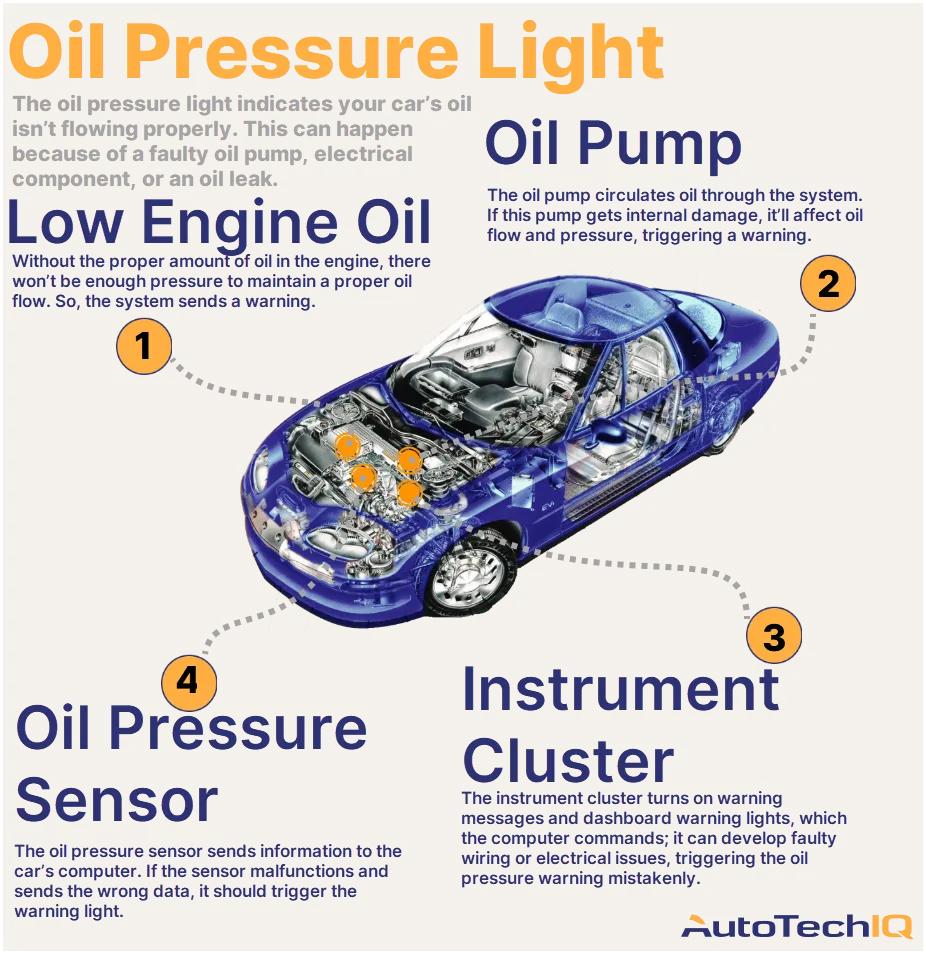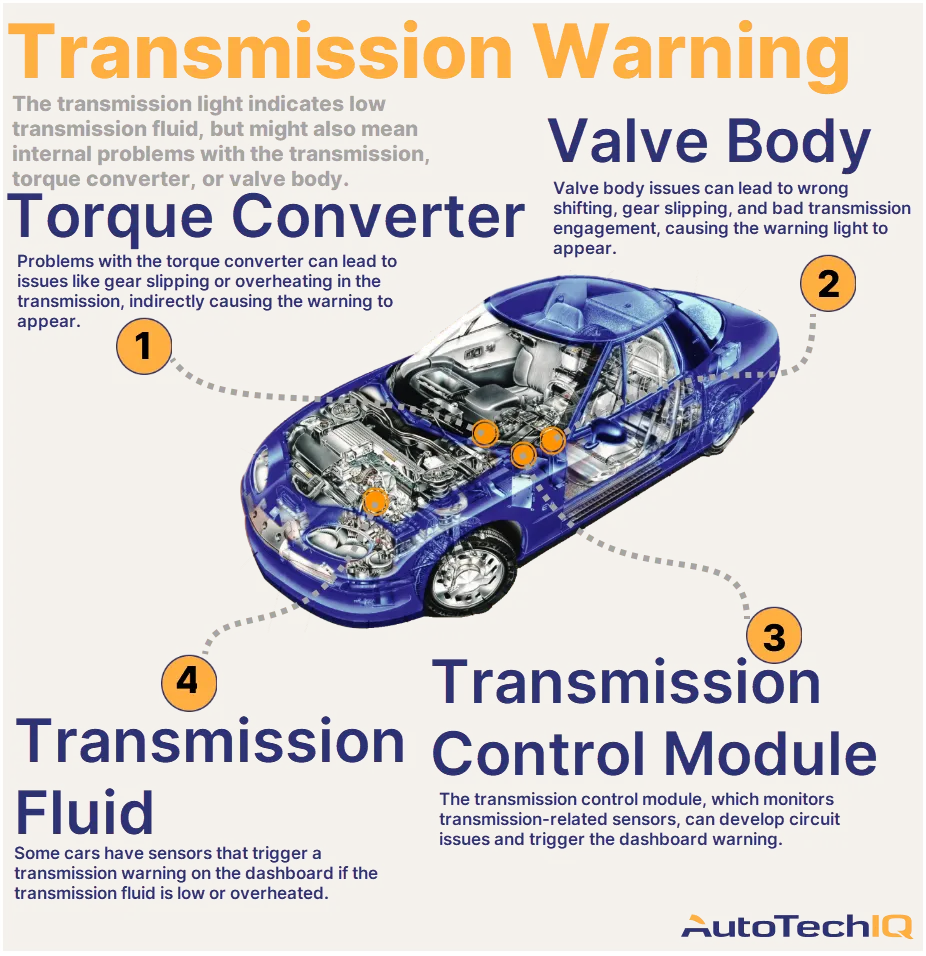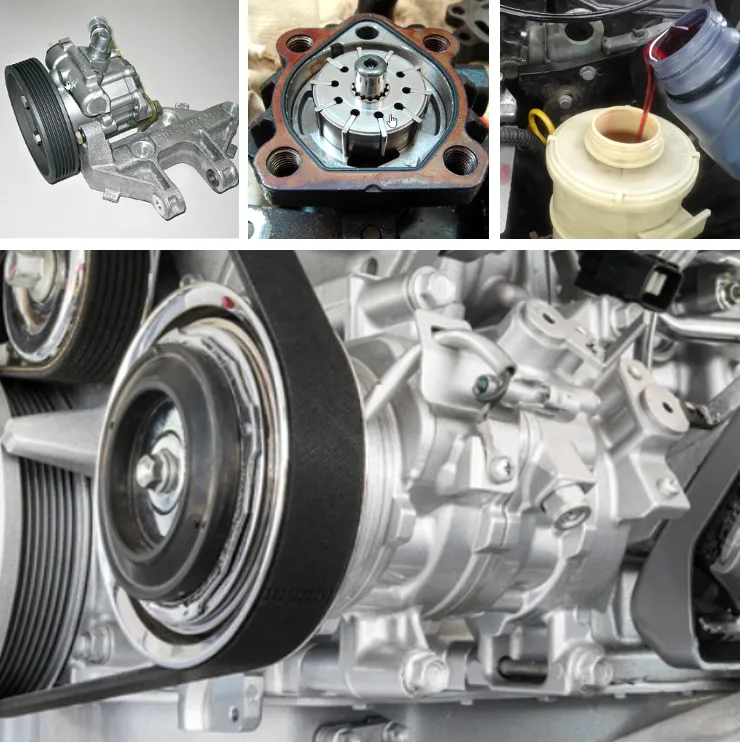
The steering pump is an element of the vehicle's hydraulic control system designed to create and maintain the necessary pressure in the system and circulation of the working fluid. The design of the pump may vary. The most common are bladed ones, characterized by high performance and wear resistance. The pump is mounted on the engine and driven by a belt from the crankshaft.
Main symptoms of steering pump malfunctions
- Power steering fluid leaks.
- Impact on the steering wheel. The pump is unstable and the pressure fluctuates.
- Increasing the force required to turn.
- Excessive pump noise. In this case, the bearings are noisy, which have worn out due to poor power steering fluid, or the belt is too tight when replacing.
- Steering wheel vibrations.
Causes of malfunctions:
- due to mechanical damage, wear or problems arising in the hydraulics;
- natural aging of materials;
- use of bad, dirty oil;
- lack of hydraulic fluid in the system.
Considering that the steering pump is a rather complex and important component of the steering system, it is advisable to trust the diagnosis of its technical condition to service center technicians. Such types of work must be carried out by qualified specialists who have the necessary equipment and knowledge at their disposal. Any mistake or incorrect action can lead to premature failure of the entire power steering. In addition to the dangers that steering problems pose, this will inevitably lead to the need for expensive repairs.
When replacing the steering pump, you should pay attention to some points, such as replacing the hydraulic oil filter, flushing the entire power steering system when replacing the pump. This is required in order to remove metal particles from it, which are wear products. If you do not flush the entire power steering system, the replaced power steering pump may fail very quickly.
In order for the steering pump to work longer, you must follow the following rules:
- change the hydraulic fluid in a timely manner;
- check the level in the power steering reservoir and, if it is insufficient, add oil of the same brand;
- if the engine is not turned on, you do not need to turn the steering wheel so that the pump does not overload;
- leave the car in the parking lot only with the wheels locked in a straight position, especially at low temperatures;
- it is better not to drive far or at high speed when the hydraulic pump is faulty;
- do not delay replacing a faulty unit so that you do not have to pay additionally for the repair of other parts;
- check the steering rack (boots, seals);
- check the tension of the drive belt;
- it is better to entrust the replacement of the pump only to experienced auto mechanics at trusted auto repair shops.
The positive qualities of using a hydraulic booster in the steering design include:
- Increased safety (hydraulic booster allows you to hold the car if a tire explodes while driving);
- Reduced control effort required to perform or maintain a maneuver;
- Changing the gear ratio of the steering mechanism (to turn the wheels to a certain angle, you need to rotate the steering wheel less than in a mechanism without power steering);
- Comfortable driving.
Disadvantages of using hydraulic booster.
- A constantly running pump takes away part of the engine power, even when the hydraulic booster is not engaged. Moreover, the pump performance must be of such a magnitude as to ensure easy turning of the wheels when the car is standing - when the resistance is maximum. But most of the time the car is moving, and much less effort is needed to turn the wheels! So it turns out that a significant part of the power taken from the engine is wasted.
- Pump performance depends on engine speed - the higher it is, the more pressure the pump creates. But everything should be just the opposite - at low speeds maximum gain is necessary, and at high speeds - small. In a simple hydraulic booster, there is no possibility of adjusting the gain.
For this purpose, a more advanced design was developed - the hydraulic pump was replaced by an electric pump, that is, it is driven not by the crankshaft, but by a separate electric motor. The control unit controls its operation. At low speeds the pump rotation speed is maximum, and at high speeds it is limited by the control unit. Therefore, the higher the speed, the less effort the electric motor expends to turn the steering wheel. Replacing the hydraulic pump with an electric pump can reduce fuel consumption by up to 0.2 quarts per 100 miles.


